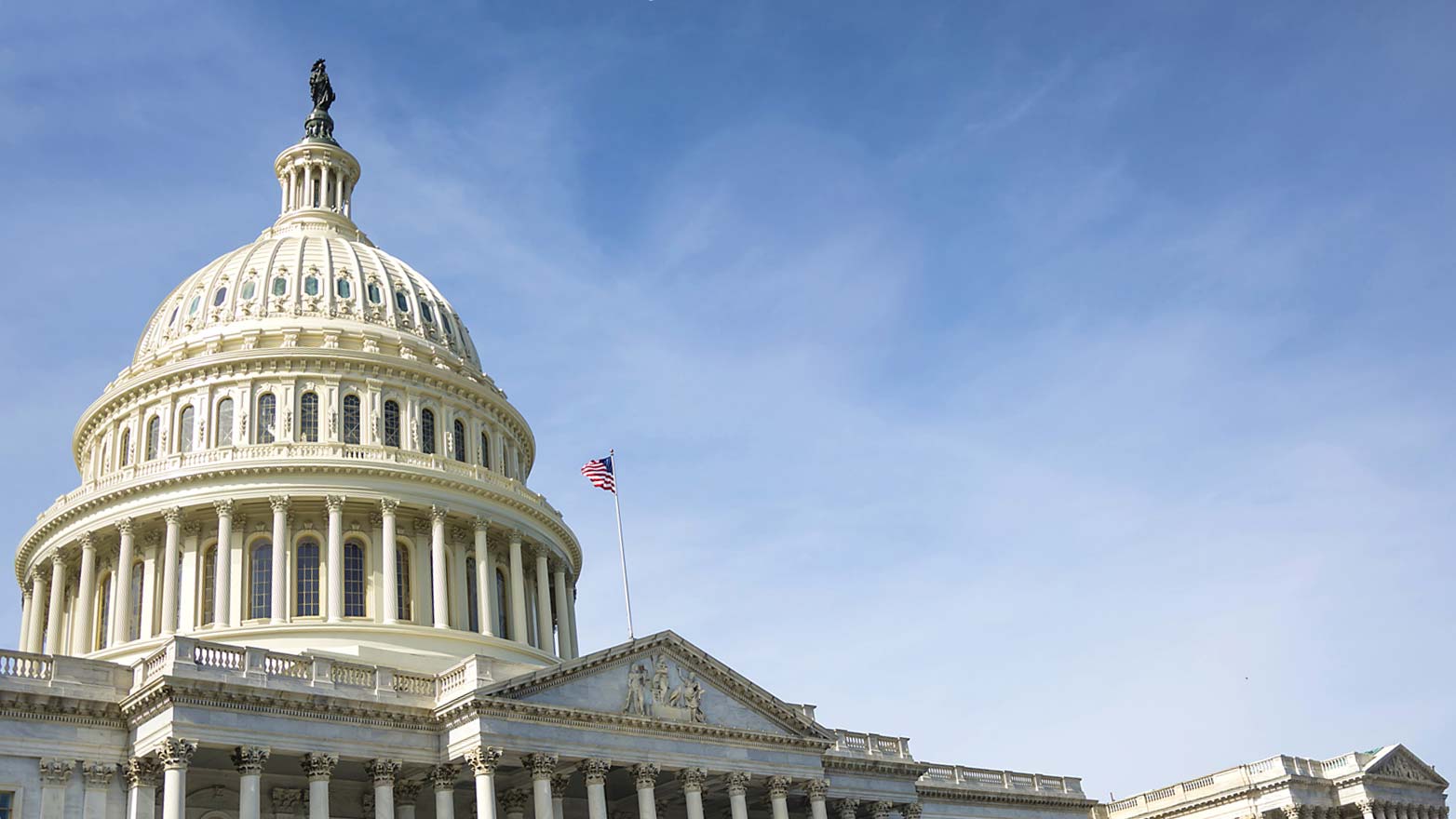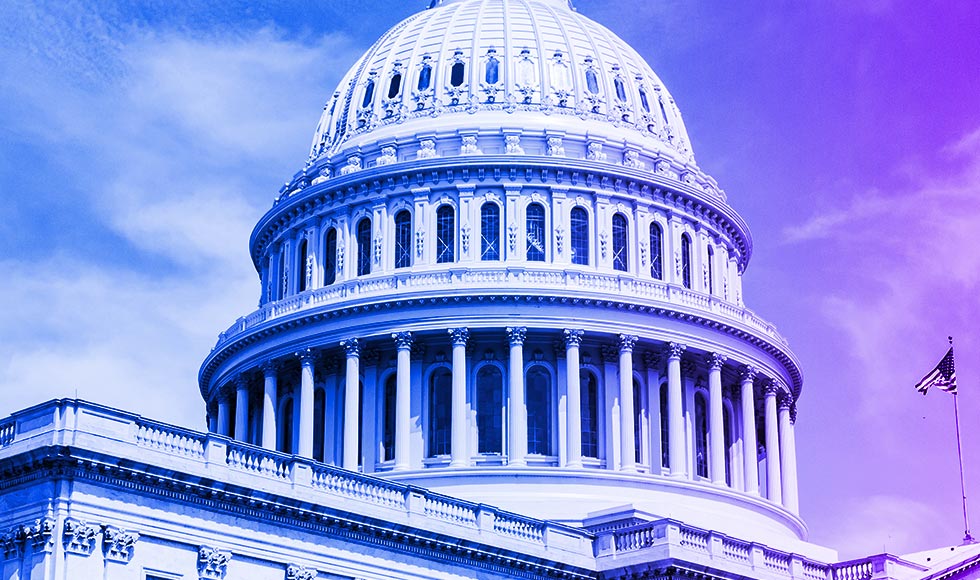May 2022
The priorities and supporting actions of the 2022 Strategy are intended to address “significant” illicit finance threats and vulnerabilities. Notably, they are very broad in scope covering issues/areas raised in FinCEN’s AML/CFT National Priorities, Treasury’s 2022 National Risk Assessments, and multiple executive orders related to corruption, cybersecurity, and digital assets. The unprecedented levels of economic and financial sanctions activity associated with the Russia-Ukraine war have served to punctuate AML/CFT risks. Financial institutions should look to the 2022 Strategy as a guide to assessing their illicit finance exposure as well as to the areas of regulatory focus over the next few years. In the near term, financial companies should expect both new rulemakings and increased regulatory attention on matters involving beneficial ownership, customer due diligence, SAR filings, anti-corruption compliance programs, cybercrime, and virtual assets (crypto and digital currencies).
2022 National Strategy for Combating Terrorist and Other Illicit Financing
Strengthening existing AML and CFT regulatory framework

Share
Dive into our thinking:
Countering financial crime: 2022 National Strategy for Combating Terrorist and Other Illicit Financing
Download PDFGet the latest from KPMG Regulatory Insights
KPMG Regulatory Insights is the thought leader hub for timely insight on risk and regulatory developments.
Explore more

Points of View
Insights and analyses of emerging regulatory issues and their impact.

Regulatory Alerts
Quick hitting summaries of specific regulatory developments and their impact.

Washington Report 360
A weekly newsletter covering legislative and regulatory developments affecting financial services firms—in 360 words or less.
Meet our team

Amy S. Matsuo
Principal, U.S. Regulatory Insights & Compliance Transformation Lead, KPMG LLP

John Caruso
Principal, Forensic, KPMG US
